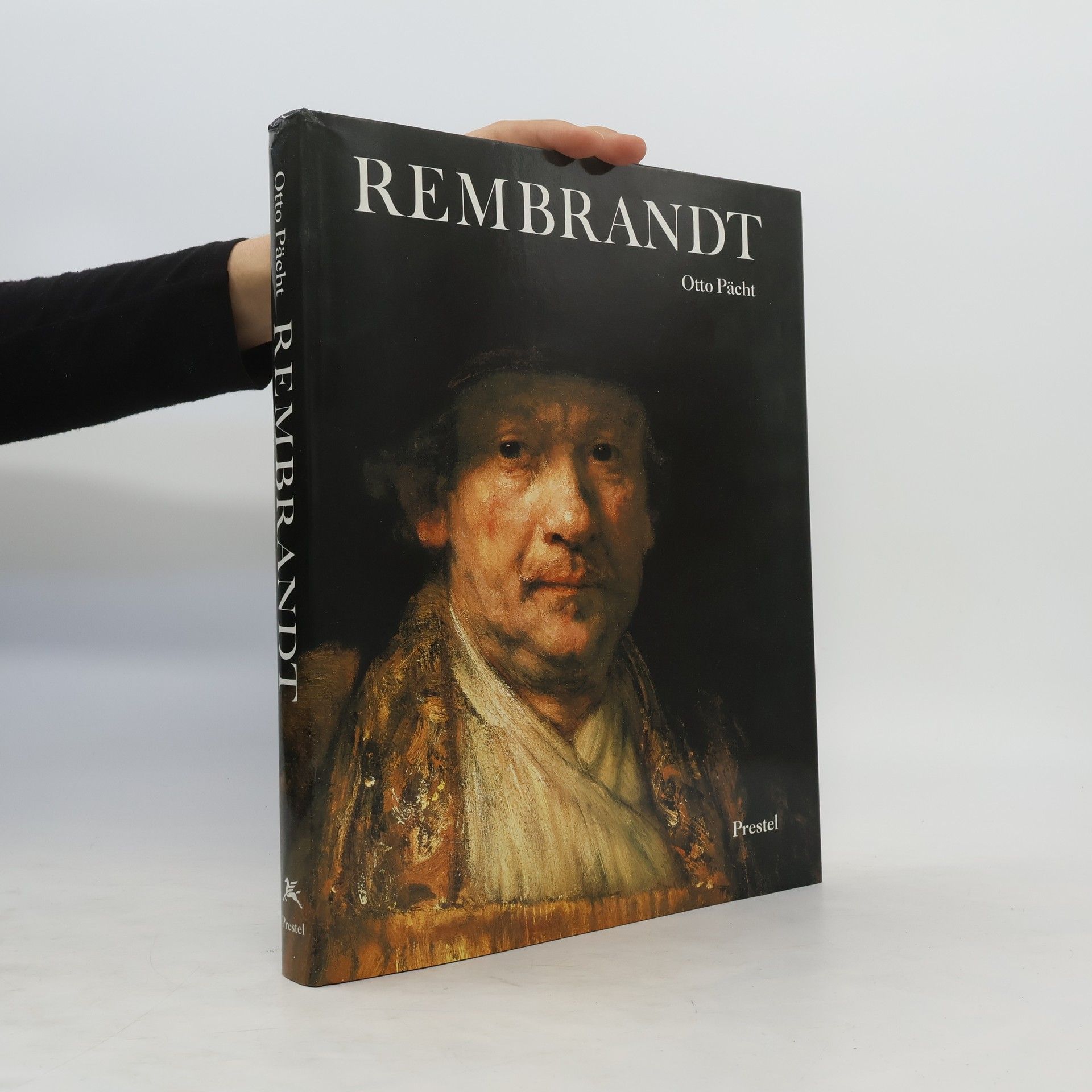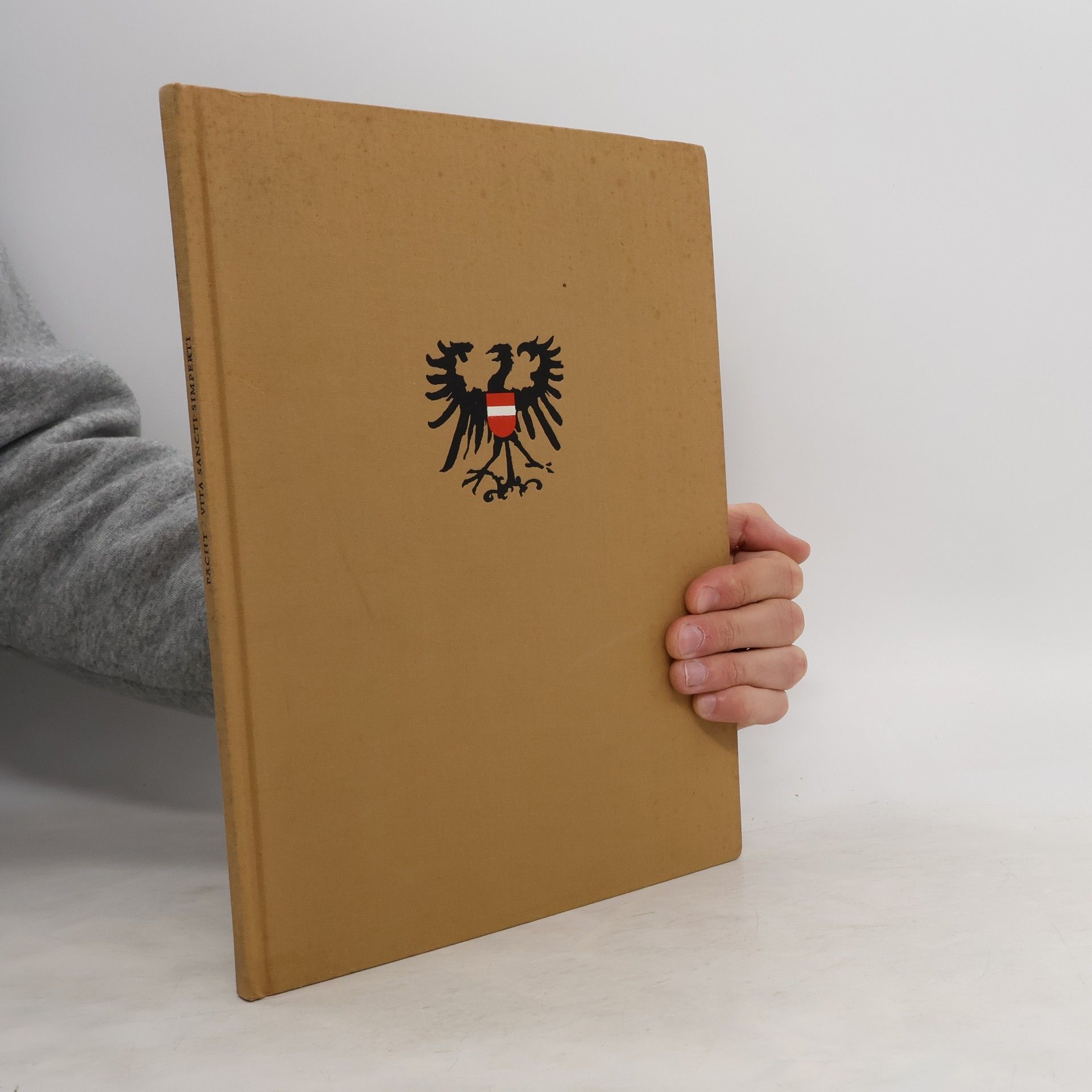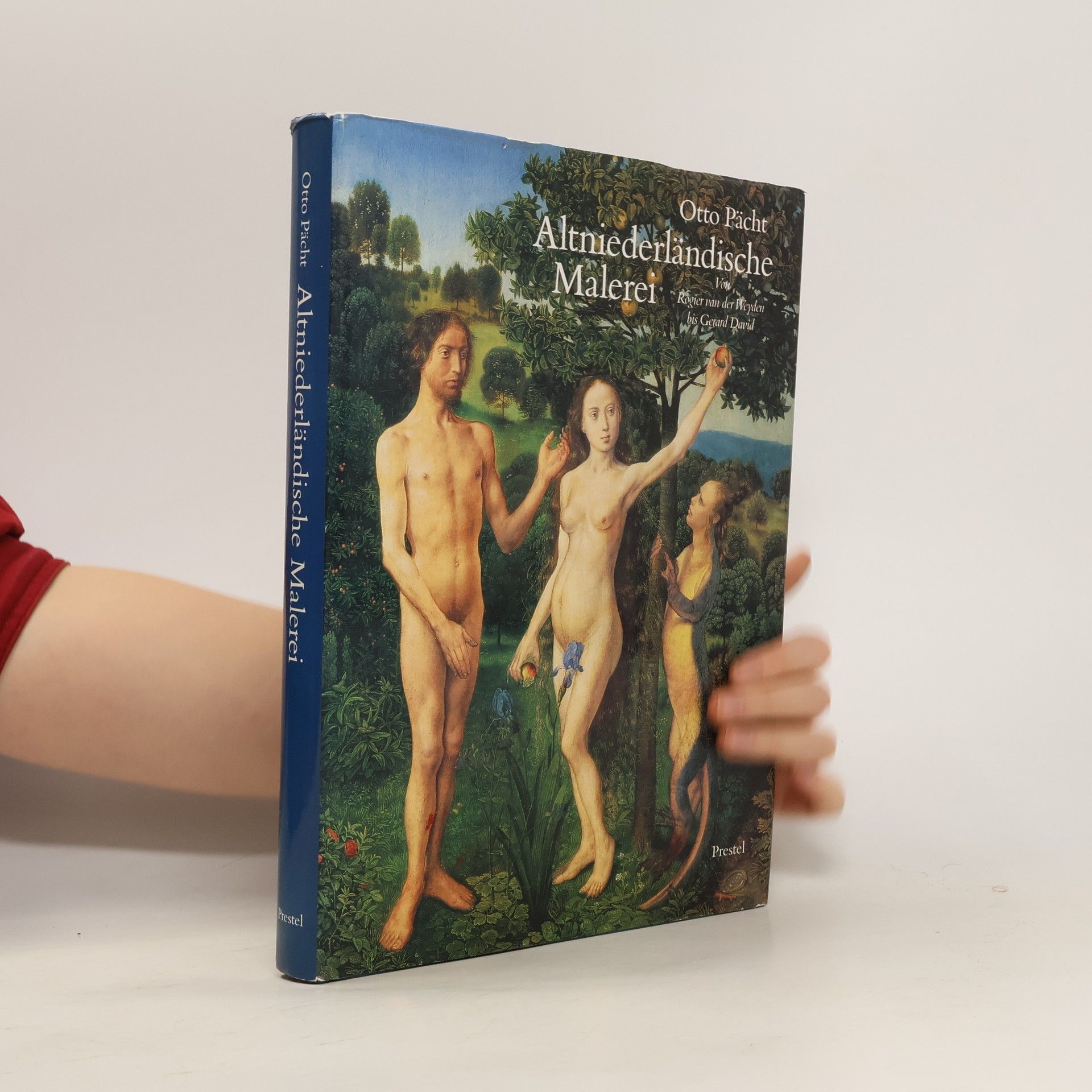"Ma conviction relativement à l'histoire de l'art: au commencement était le regard, et non le verbe..." Otto Pächt. Qu'est-ce qu'une œuvre d'art? Comment l'approcher, la comprendre, l'interpréter? Quelle différence entre "oeuvre d'art" et "chose d'art"? Qu'en est-il des méthodes historique, génétique, iconographique, formaliste, sociologique? Faut-il les exclure, les combiner? Que faut-il penser de Riegl, Dvoràk, Sedlmayr, Gombrich et, en général, des fondateurs de l'esthétique du XXe siècle? Ce livre fut à l'origine un cours professé à l'université de Vienne pour donner aux étudiants et aux futurs historiens d'art une méthode d'investigation qui tirerait parti des différentes théories en présence. Rien d'abstrait: Otto Pächt analyse de très près un ensemble d'oeuvres célèbres: enluminures, mosaïques, tableaux de Dürer ou de Rembrandt, la Judith de Donatello, la chapelle Pazzi de Brunelleschi... Chemin faisant, il soumet des auteurs célèbres, Schlosser, Wind, Gombrich, au crible de la critique. Il plaide pour une appréhension génétique des écoles et des œuvres, emprunte avec modération à la psychologie de la forme et préconise un usage circonspect de l'iconographie: "Le recours - aujourd'hui plus que jamais fréquent - à l'iconographie répond en réalité à un désir secret: toucher au but sans avoir à pratiquer une difficile conversion du regard".
Otto Pächt Livres






The practice of art history
- 144pages
- 6 heures de lecture
This is the English version of Otto Pacht's classic text on art history. His approach to art history is shaped by his conviction that visual art, like music, can express ideas in its own medium that no other can. He aims to sharpen the reader's perceptions by recreating the social and cultural context in which an object was made, clarifying unfamiliar notions of space and time or significant gestures and symbols which are no longer recognizable. Pacht explores the major thinkers from Riegl, Wolfflin and Croce to Panofsky and Gombrich, but the emphasis always returns to the activity of looking, and Pacht manages to show the student and general reader alike how to practice art history in their own encounters with works of art.
"In this volume, the great medieval scholar Otto Pacht is concerned with one of the key problems in the history of western art: the comet-like appearance of a new kind of painting in Northern Europe at the end of the 14th century and the first half of the 15th century. The leading artists of this phenomenon were the Master of Flemalle and the Brothers Van Eyck, and the most outstanding work produced was the famous Ghent Altarpiece; it has puzzled scholars to this day. It is a topic that occupied Pacht throughout his long career, and the present book is based on a series of lectures given at the University of Vienna in the 1960s and early 70s." "In this first English translation of the acclaimed German edition, Pacht examines the work of Jan and Hubert Van Eyck and their contemporaries in the context of a changing intellectual world - the transition from medieval thought to a perception that recognizes and embraces all facets of visible reality." "The illustrations, in colour and monochrome, cover not only the major work of the Brothers Van Eyck and the Master of Flemalle, but also many comparative works. A special attraction is the folding plate, in colour, of the entire Ghent Altarpiece."--Jacket
Book illumination in the Middle Ages
- 224pages
- 8 heures de lecture
An introduction to one of the most significant art-forms of the Middle Ages.
Venezianische Malerei des 15. Jahrhunderts
- 320pages
- 12 heures de lecture
Rembrandt
- 254pages
- 9 heures de lecture
Vita Sancti Simperti
Eine Handschrift für Maximilian I.
Van Eyck, i fondatori della pittura fiamminga
- 271pages
- 10 heures de lecture
Questo libro di Otto Pächt si occupa di uno dei problemi centrali della storia dell'arte occidentale: la nascita di un nuovo tipo di pittura negli antichi Paesi Bassi, quella fiamminga; gli artisti che furono i promotori di questo rinnovamento sono il Maestro di Flémalle e i fratelli Van Eyck, mentre il Polittico di Gand appare come opera centrale che apre, al tempo stesso, nuove discussioni. Questa svolta non è caratterizzata soltanto da un nuovo tipo di tecnica pittorica, ma soprattutto da una inedita concezione della rappresentazione, liberata da costrizioni ideologiche. Intorno a questi temi, a questi artisti e alle loro opere (dal Maestro di Flémalle a Jan Van Eyck, dal Polittico di Gand a Hubert Van Eyck e al Libro d'Ore di Torino) si snodano i cinque capitoli in cui è suddiviso il testo che, senza voler trattare da un punto di vista monografico né le personalità artistiche, né tanto meno i loro celebri dipinti, mira a tracciare un disegno complessivo del nuovo linguaggio figurativo, che dissolse a nord delle Alpi la tradizione medievale e introdusse la prima idea di realismo moderno. Pächt procede attraverso una sapiente e serrata lettura formale del dipinto, dal quale non si allontana mai. Anche per questo le numerosissime riproduzioni a colori accompagnano costantemente il lettore in una vera e propria galleria di capolavori

